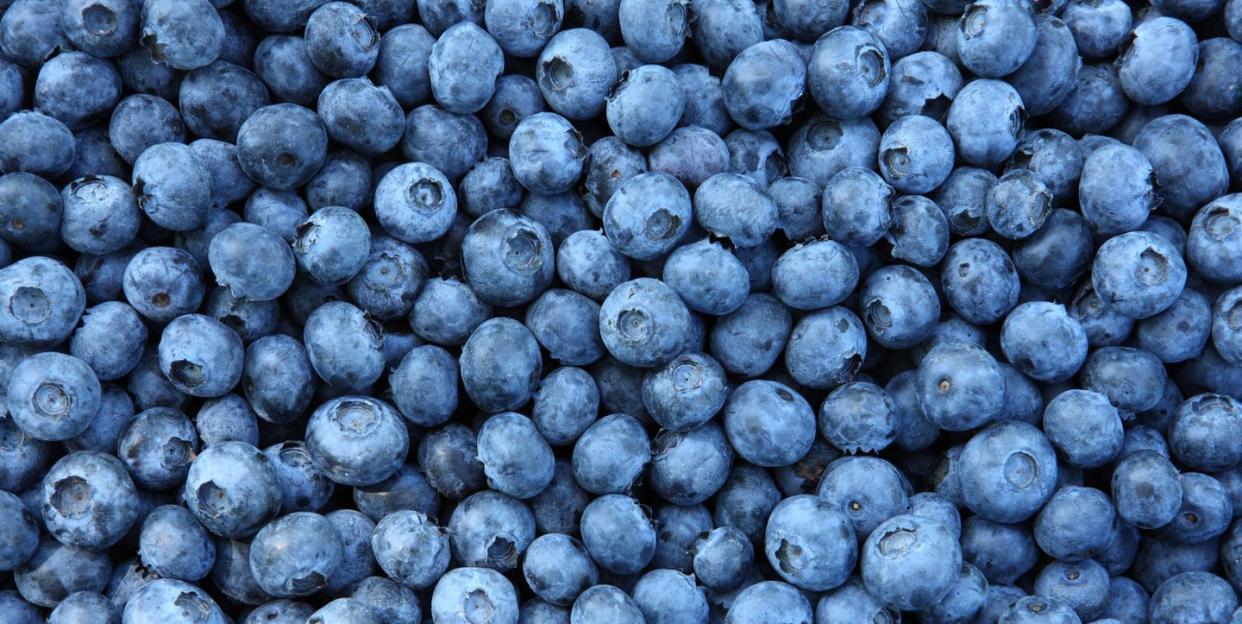A Top Trainer Shared the 5 Foods He Thinks Everyone Should Be Eating

In a new video on the Athlean-X channel, strength coach Jeff Cavaliere C.S.C.S. lists the five foods which he believes are important to incorporate into your diet, both for overall health and wellbeing, as well as in order to maximize your body's ability to grow muscle.
Fresh blueberries
Cavaliere cites research which found that eating blueberries regularly led to an increase in human muscle progenitor cells, as well as a decrease in oxidative stress in the muscles. "What that means is faster muscle recovery in between workouts," says Cavaliere. "Throw in the fact that these are also rich in vitamin C and potassium and are a powerful anti-inflammatory, and you can't go wrong with adding blueberries to your diet."
Cruciferous vegetables
Eating cruciferous vegetables causes the breakdown of glucoraphanin into a powerful antioxidant and anti-inflammatory called sulfurophane. Broccoli and cauliflower are the obvious choices here, but turnips, watercress, kale, cabbage, bok choy, radishes, rutabaga and wasabi all count too.
Orange foods
Pumpkin, squash, canteloupe, mango, sweet potato, carrots are all a source of carotenoids, which get rid of the oxidation that causes cell breakdown and early aging. "One little caution here," says Cavaliere. "If you eat too much of this, you can get carotenemia, which is when you actually start to get orange-colored hands... it's actually due to an increase in vitamin A. If you see that, all you have to do is simply decrease your consumption."
Ginger
"In my world, it's one of the best ways to minimize the late onset muscle soreness after a hard workout," says Cavaliere. "However, even if you've never lifted a weight at all, the anti-inflammatory benefits system-wide are undeniable."
Lean protein
"How you start to prepare your meal will actually determine whether or not you're on the right path," says Cavaliere. For instance, if you're making citrus chicken, you're not going to then cover it in a creamy sauce—preserving the nutrient value of the protein itself. Conversely, if you're eating a chicken parm, sure you're still getting protein, but you're also getting the fried breadcrumbs, cheese, and pasta.
"Take a step back and evaluate not just if you're eating your protein, but how you're eating it," he says.
You Might Also Like

